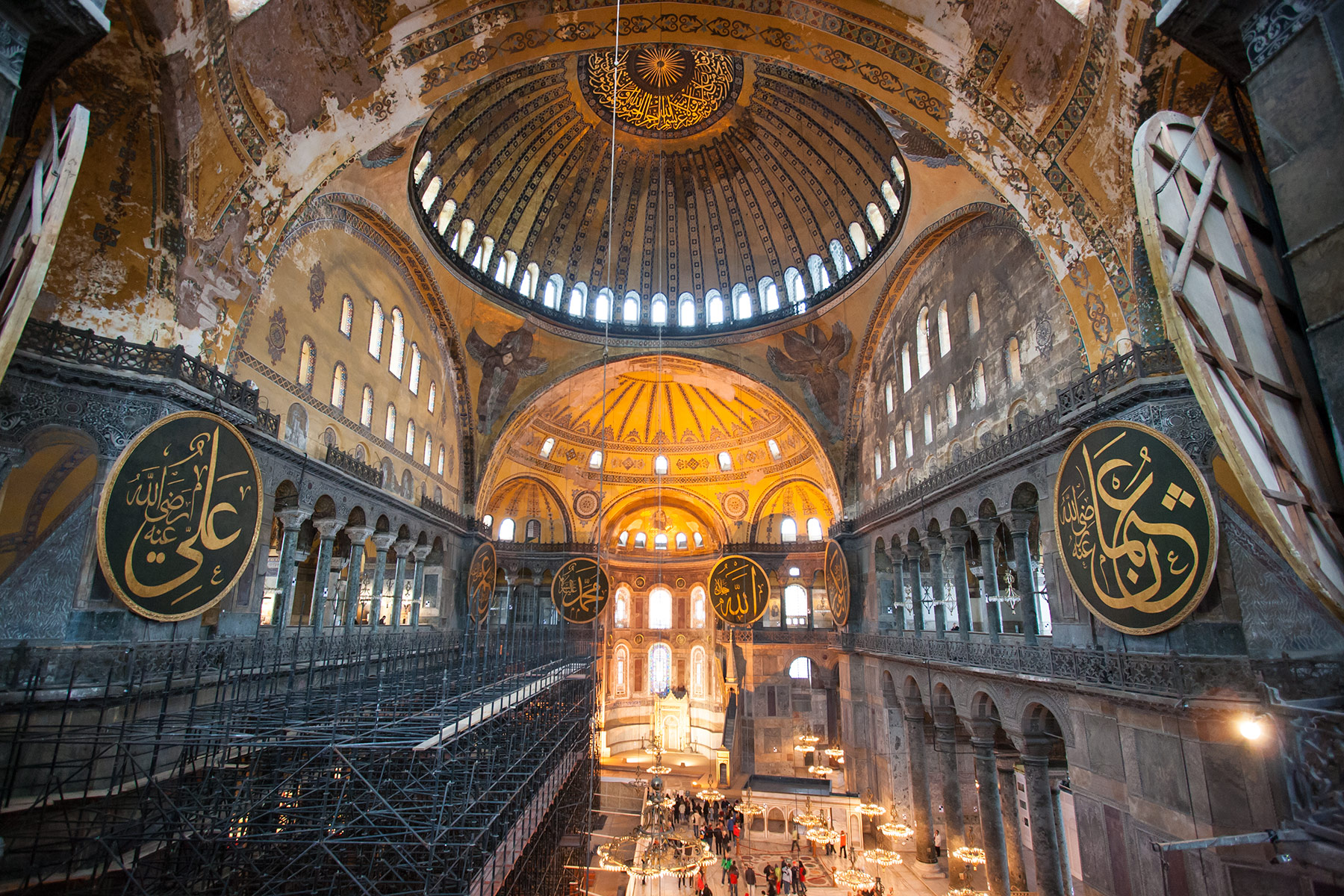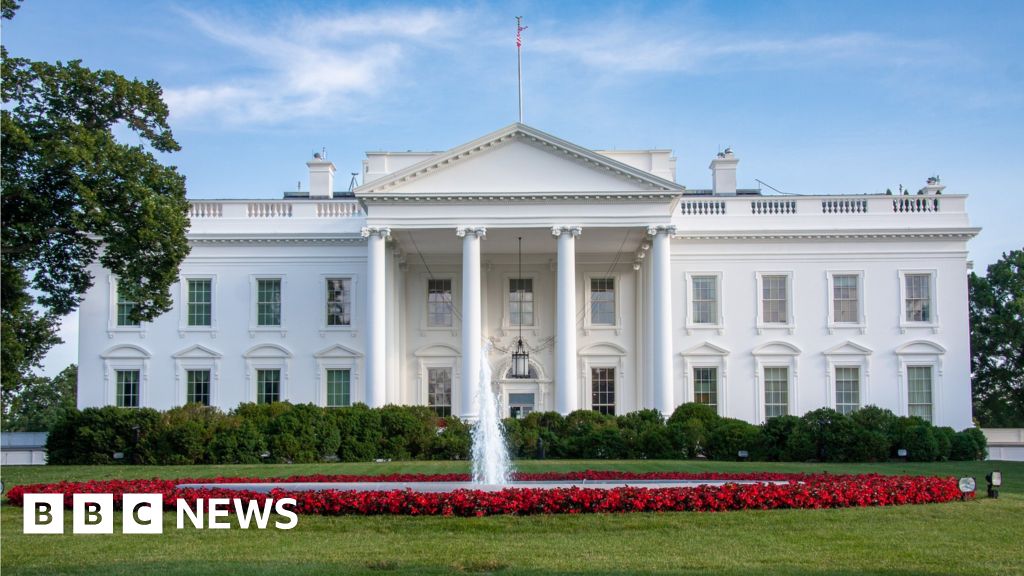Hagia Sophia: Enduring Megastructure Through The Ages

Table of Contents
From Basilica to Mosque and Museum: A Shifting Identity
The Hagia Sophia's history is a fascinating tapestry woven from threads of Byzantine and Ottoman empires, reflecting profound shifts in religious and political power. Its identity has transformed dramatically over the centuries, impacting not only its function but also its physical appearance. Understanding this evolution is key to appreciating the Hagia Sophia's enduring significance.
-
Construction under Emperor Justinian I (Byzantine Empire): Initially conceived as a grand basilica in the 6th century CE under the commission of Emperor Justinian I, the Hagia Sophia served as the central place of Christian worship within the Byzantine Empire for nearly a thousand years. Its construction showcased the pinnacle of Byzantine engineering and architectural prowess.
-
Conversion to a mosque under Mehmed II (Ottoman Empire): Following the Ottoman conquest of Constantinople in 1453, the Hagia Sophia underwent a significant transformation. Sultan Mehmed II converted it into a mosque, a pivotal moment reflecting the shift in religious dominance. Minarets, symbolic of Islamic architecture, were added to the exterior, altering its skyline and signaling its new purpose.
-
Modern designation as a museum and recent reclassification as a mosque: In 1935, the Hagia Sophia was secularized and designated as a museum, opening its doors to people of all faiths and backgrounds. However, in 2020, it was once again reclassified as a mosque, sparking considerable international debate regarding its historical and cultural significance.
-
Impact of each era on the building's interior and exterior: Each era left its indelible mark on the Hagia Sophia. The Byzantine mosaics, some dating back to the original construction, stand in contrast to the later additions of Islamic calligraphy and ornamentation. This layered history is vividly visible within the building's walls, offering a unique testament to the diverse cultures that have shaped its identity. The Hagia Sophia's shifting religious significance underscores its complex and compelling history.
Architectural Brilliance: Dome and Innovative Design
The Hagia Sophia is not just a historical landmark; it's an architectural marvel. Its groundbreaking design, especially its massive dome, represents a pinnacle of Byzantine engineering and innovation, influencing architectural design for centuries to come.
-
Explanation of pendentive technology and its importance: The Hagia Sophia’s most striking feature is its colossal dome, supported by ingenious pendentives. This revolutionary structural element allowed architects to seamlessly transition from a square base to a circular dome, a feat previously unachieved on such a scale.
-
Discussion of the size and impact of the central dome: The sheer size and elegance of the central dome, measuring over 100 feet in diameter, are awe-inspiring. Its design created an expansive, light-filled interior space, setting a new standard for architectural grandeur.
-
Description of other architectural features, like the semi-domes and supporting structures: Beyond the central dome, the Hagia Sophia boasts a complex system of semi-domes and supporting structures, working together to create an incredibly stable and visually stunning edifice. The interplay of light and shadow within this intricate design further enhances its aesthetic appeal.
-
Comparison with other significant domes of the era and beyond: The Hagia Sophia's dome served as a model for subsequent dome constructions, inspiring architects throughout history and shaping the development of architectural styles for centuries. Its innovative design continues to influence contemporary building practices. The Hagia Sophia's architectural innovations are a testament to Byzantine ingenuity and its lasting influence on global architecture.
Hagia Sophia's Impact on Art, Culture, and Tourism
The Hagia Sophia's influence extends far beyond its architectural brilliance; it profoundly impacts art, culture, and tourism. Its artistic treasures and historical significance continue to draw millions of visitors annually.
-
Significance of the preserved Byzantine mosaics and their artistic value: The preserved Byzantine mosaics within the Hagia Sophia offer a glimpse into the rich artistic heritage of the Byzantine Empire. These intricate mosaics, depicting religious figures and scenes, are invaluable examples of early Christian art.
-
Impact of the Ottoman additions, including calligraphy and minarets: The Ottoman additions, such as the Islamic calligraphy and minarets, further enrich the Hagia Sophia's artistic and cultural layers, showcasing a beautiful blend of Byzantine and Islamic aesthetics.
-
The building's role as a major tourist attraction and its economic importance to Istanbul: The Hagia Sophia stands as one of Istanbul’s top tourist attractions, contributing significantly to the city's economy and cultural significance. Its enduring popularity highlights its global impact.
-
Its continued influence on architectural design and cultural heritage preservation: The Hagia Sophia's historical and architectural importance serves as a constant inspiration for architectural design and plays a crucial role in promoting cultural heritage preservation worldwide. It is a powerful symbol of the preservation of history and culture.
The Hagia Sophia as a Symbol of Cultural Exchange
The Hagia Sophia’s layered history makes it a powerful symbol of cultural exchange and the interplay of different civilizations. Its ability to transition seamlessly between religious and cultural identities highlights the complex interactions between Byzantine and Ottoman cultures. The building’s physical structure itself embodies this exchange, with Byzantine mosaics coexisting with later Ottoman additions. This unique juxtaposition speaks volumes about the tolerance and interaction between diverse cultures and religions throughout history. Its journey underscores its capacity to transcend religious boundaries, serving as a potent symbol of intercultural dialogue and shared heritage.
Conclusion
The Hagia Sophia's enduring legacy as a megastructure extends far beyond its physical form. Its architectural innovation, its shifting religious and cultural roles, and its ongoing influence on art, tourism, and intercultural dialogue cement its place as a truly unique landmark. The Hagia Sophia stands as a powerful testament to the enduring spirit of human creativity and the ongoing interaction of cultures and civilizations. Learn more about this incredible architectural marvel and plan your visit to experience the splendor of the Hagia Sophia firsthand. Explore the rich history and architectural ingenuity of this enduring megastructure!

Featured Posts
-
 Oh What A Beautiful World Willie Nelsons Latest Album Details
Apr 29, 2025
Oh What A Beautiful World Willie Nelsons Latest Album Details
Apr 29, 2025 -
 Fatal D C Helicopter Collision New Insights Into Pilots Pre Crash Behavior
Apr 29, 2025
Fatal D C Helicopter Collision New Insights Into Pilots Pre Crash Behavior
Apr 29, 2025 -
 White House Cocaine Incident Secret Service Announces End Of Probe
Apr 29, 2025
White House Cocaine Incident Secret Service Announces End Of Probe
Apr 29, 2025 -
 Complete Guide To Nyt Strands Hints And Answers March 3 2025
Apr 29, 2025
Complete Guide To Nyt Strands Hints And Answers March 3 2025
Apr 29, 2025 -
 Willie Nelsons 154th Album And The Controversy Surrounding His Son
Apr 29, 2025
Willie Nelsons 154th Album And The Controversy Surrounding His Son
Apr 29, 2025
Latest Posts
-
 Will Pete Rose Receive A Posthumous Pardon From Trump
Apr 29, 2025
Will Pete Rose Receive A Posthumous Pardon From Trump
Apr 29, 2025 -
 Pete Rose Pardon Trumps Statement And Its Implications
Apr 29, 2025
Pete Rose Pardon Trumps Statement And Its Implications
Apr 29, 2025 -
 Trumps Posthumous Pardon For Pete Rose A Presidential Promise
Apr 29, 2025
Trumps Posthumous Pardon For Pete Rose A Presidential Promise
Apr 29, 2025 -
 Trump To Pardon Pete Rose After His Death Details Emerge
Apr 29, 2025
Trump To Pardon Pete Rose After His Death Details Emerge
Apr 29, 2025 -
 Pete Rose Presidential Pardon Trumps Statement And Potential Implications
Apr 29, 2025
Pete Rose Presidential Pardon Trumps Statement And Potential Implications
Apr 29, 2025
